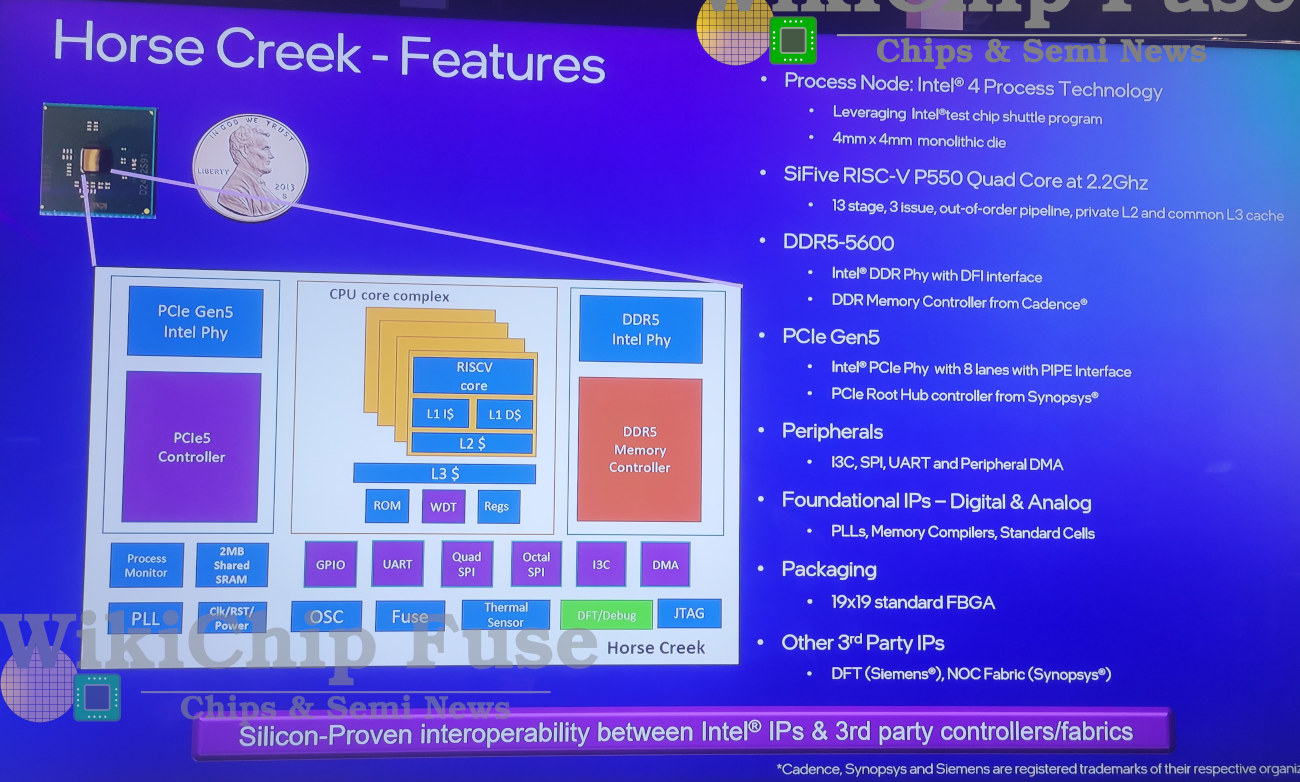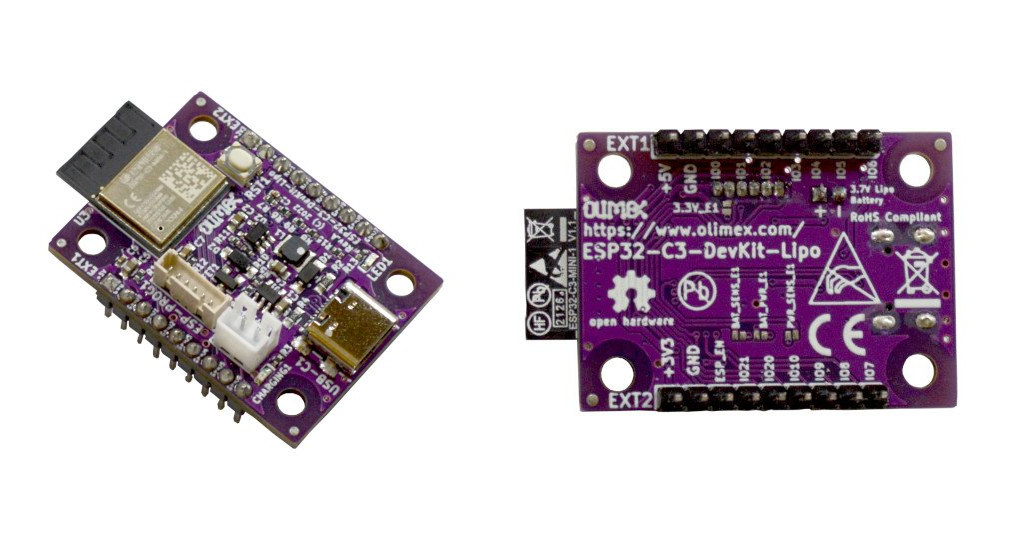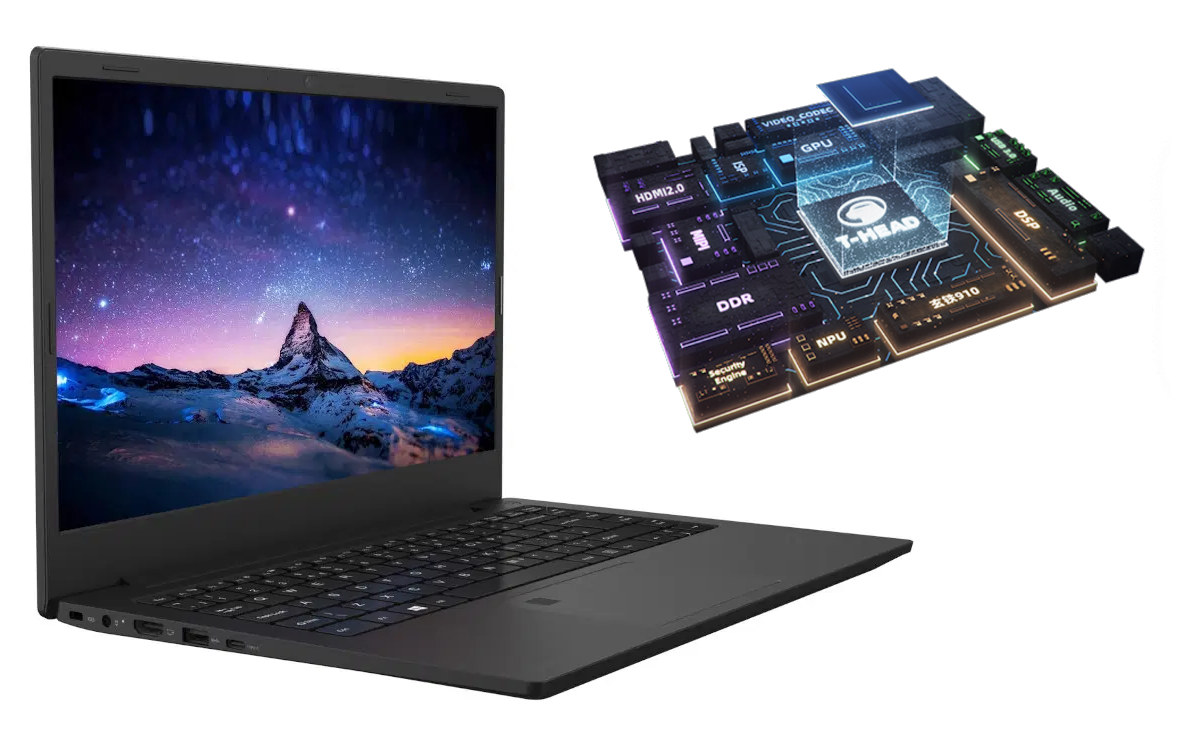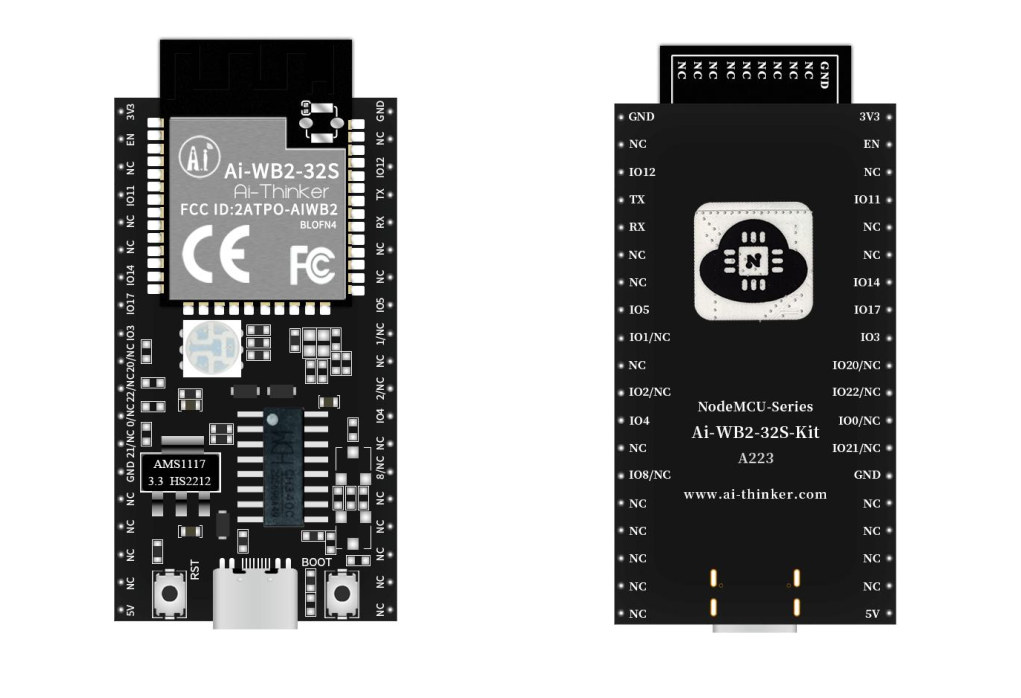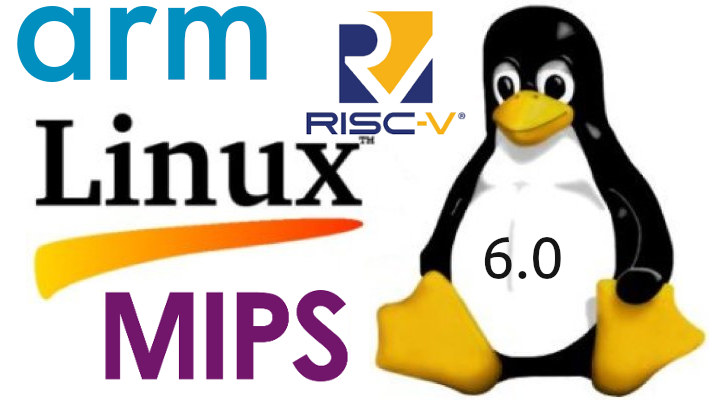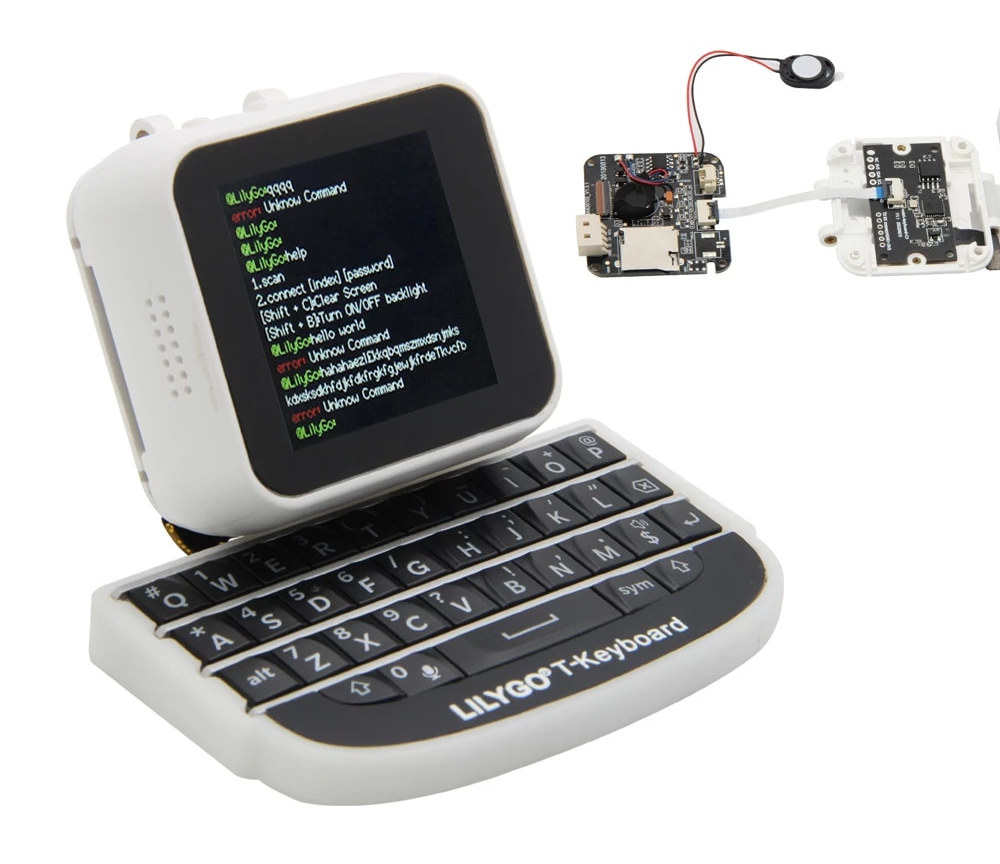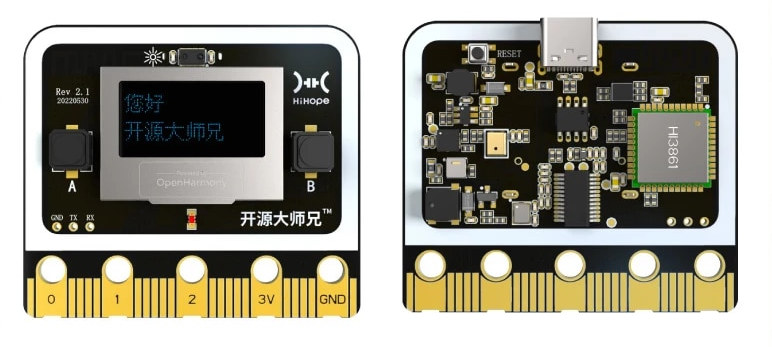When SiFive introduced its Performance P550 64-bit RISC-V processor in 2021, we were told that Intel would use it in the Horse Creek platform with “leading-edge interface IP such as DDR and PCIe” and manufactured with Intel’s 7nm process. We now have more details about the Horse Creek platform, as a development board was showcased for the first time in public at the Intel Innovation 2022 Developer Conference, and according to a report by Wikichip, the Cortex-A75 class quad-core RISC-V processor runs at up to 2.2 GHz, supports DDR5-5600 memory and eight PCIe 5.0 lanes, and was taped out with Intel 4 process. Horse Creek platform specifications: CPU – SiFive P500 quad-core RISC-V processor @ up to 2.2 GHz with a 13-stage, 3-issue, out-of-order (OoO) pipeline, private L2 cache, and common L3 cache Memory – DDR5-5600 interface PCIe – PCIe Gen5 through Intel’s PCIe PHY with 8 lanes, Synopsys PCIe […]
Olimex ESP32-C3-DevKit-Lipo is a tiny RISC-V board with WiFi 4, Bluetooth 5.0, and a LiPo battery charger
Olimex has just launched the ESP32-C3-DevKit-Lipo board based on ESP32-C3 RISC-V wireless microcontroller offering WiFI 4 and Bluetooth 5.0 connectivity, some I/Os, as well as USB and JTAG. As its name implies, the board can be powered by a LiPo battery and charged through a USB Type-C port. It offers up to 15 GPIO for expansion and comes with an ICSP connector in case you need to reflash or debug the bootloader through a JTAG interface. ESP32-C3-DevKit-Lipo specifications: Wireless module – Espressif Systems ESP32-C3-MINI-1-N4 module with: ESP32-C3 (ESP32-C3FN4) 32-bit RISC-V single-core processor up to 160 MHz with 4 MB embedded flash, 384 KB ROM, 400 KB SRAM (16 KB for cache), 8 KB SRAM in RTC Connectivity – 2.4 GHz 802.11b/g/n Wi-Fi 4 1T1R up to 150 Mbps & Bluetooth LE 5.0 with PCB antenna USB – 1x USB Type-C port for programming and JTAG debugging Expansion – 2x 9-pin […]
Alibaba T-Head TH1520 RISC-V processor to power the ROMA laptop
The ROMA RISC-V laptop was announced this summer with an unnamed RISC-V processor with GPU and NPU. We now know it will be the Alibaba T-Head TH1520 quad-core Xuantie C910 processor clocked at up to 2.5GHz with a 4 TOPS NPU, and support for 64-bit DDR at up 4266 MT. The TH1520 is born out of the Wujian 600 platform unveiled by Alibaba in August 2022, and is capable of running desktop-level applications such as Firefox browser and LibreOffice office suite on OpenAnolis open-source Linux-based operating system launched by Alibaba in 2020. So that means we now have a better idea of the specifications of the ROMA RISC-V developer laptop: SoC – Alibaba T-Head quad-core RISC-V Xuantie C910 processor @ 2.5 GHz, unnamed Imagination GPU for graphics, 4 TOPS NPU for AI System Memory – Up to 16GB LPDDR4/LPDDR4X RAM Storage – Up to 256GB eMMC flash Display – 14.1-inch […]
AI Thinker Ai-WB2 modules feature BL602 RISC-V MCU with WiFi and BLE connectivity
AI Thinker has just introduced a new family of wireless IoT modules with the Ai-WB2 equipped with Bouffalo Lab BL602 RISC-V microcontroller offering both 2.4 GHz WiFi 4 and Bluetooth 5.0 LE connectivity. There are ten different modules to choose from, probably to keep mechanical and electrical compatibility with ESP8266 and ESP32 modules, and the company expects customers to integrate those into Internet of Things (IoT) products, mobile devices, wearables, Smart Home appliances, and more. Ai-WB2 modules share the following specifications: Wireless MCU – Bouffalo Lab BL602 32-bit RISC-V microcontroller @ up to 192 MHz with 276KB SRAM, 2.4 GHz WiFi 4 and Bluetooth 5.0 LE connectivity Storage – 2MB or 4MB SPI flash WiFi range – Up to about 500 meters (typical) I/Os – SDIO, SPI, UART, I2C, IR receiver, PWM, ADC, DAC, and GPIO (except Ai-WB2-01S with just UART/PWM/GPIO/ADC) Power Supply – 2.7V to 3.6V > 500mA Power […]
Linux 6.0 release – Main changes, Arm, RISC-V, and MIPS architectures
Linux 6.0 has just been released by Linus Torvalds: So, as is hopefully clear to everybody, the major version number change is more about me running out of fingers and toes than it is about any big fundamental changes. But of course there’s a lot of various changes in 6.0 – we’ve got over 15k non-merge commits in there in total, after all, and as such 6.0 is one of the bigger releases at least in numbers of commits in a while. The shortlog of changes below is only the last week since 6.0-rc7. A little bit of everything, although the diffstat is dominated by drm (mostly amd new chip support) and networking drivers. And this obviously means that tomorrow I’ll open the merge window for 6.1. Which – unlike 6.0 – has a number of fairly core new things lined up. But for now, please do give this most […]
T-Watch-Keyboard-C3 with ESP32 “watch”, ESP32-C3 keyboard looks like a miniature PC replica
T-Watch-Keyboard-C3 is a device that looks like a miniature PC replica comprised of an ESP32-C3 powered keyboard, and the TTGO T-Watch ESP32 programmable device with a 1.54-inch touchscreen display. The LilyGo TTGO T-Watch ESP32 programmable touchscreen display has been around for a while, and the company used to provide an accessory keyboard based on Microchip ATSAM20 Cortex-M0+ microcontroller that has now been replaced with ESP32-C3 WiFi and Bluetooth RISC-V microcontroller to create the T-Watch-Keyboard-C3 devices pictured below. T-Watch-Keyboard-C3 specifications: TTGO T-Watch MCU – ESP32-D0WDQ6 dual-core microcontroller @ 240 MHz with WiFi 4 and Bluetooth 4.x with 520KB SRAM Memory – 8MB PSRAM Storage – 16MB QSPI flash Display – 1.54-inch LCD screen USB – 1x USB Type-C port for power and programming via CP2104 USB to TTL chip Sensor – 3-axis accelerometer Misc – Power button, RTC Dimensions – 40 x 38 x 20 mm Weight – 43.19 grams […]
OpenHarmony development board borrows BBC Micro:bit edge connector
HopeRun’s HiHope development board features a HiSilicon Hi3861V100 32-bit RISC-V microcontroller compatible with OpenHarmony OS and looks very much like the BBC Micro:bit educational board notably with its edge connector. The board is also designed for youth education (in China) and comes with similar sensors, but there are some differences such as a 0.96-inch OLED instead of an LED matrix and support for offline voice recognition. There’s no wireless connectivity apart from NFC support. HiHope board specifications: MCU – HiSilicon Hi3861 32-bit microcontroller @ up to 160 MHz with 352 KB SRAM and 288 KB ROM, 2 MB flash memory Display – 0.96-inch OLED display with 128×64 resolution (SSD1306) Connectivity – NFC with R/W mode, card emulation, and bidirectional mode USB – 1x USB Type-C port for power and programming Sensors – Temperature & humidity sensor, light sensor, microphone, 6-axis motion sensor Expansion – Edge connector with 5x rings (3x […]
SiFive unveils Automotive E6-A, X280-A, and S7-A RISC-V processors
RISC-V is coming to your car too, with the introduction of SiFive Automotive E6-A, X280-A, and S7-A RISC-V processors designed for automotive applications such as infotainment, cockpit, connectivity, ADAS, and electrification. Those are built on the existing SiFive Essential 6-series E6 32-bit real-time cores, SiFive Intelligence X280 64-bit RISC-V processor with AI extensions, and SiFive S7 64-bit real-time cores (equivalent to Cortex-R7/R8), but adds safety, security, and performance required by the automotive market such as ASIL compliance. Each new core targets specific applications within a vehicle: The SiFive E6-A series will be found in system control boards, hardware security modules (HSMs) and safety islands, as well as standalone in microcontrollers. The SiFive S7-A 64-bit real-time core is said to be suited to the needs of SoCs with performant safety islands, requiring both low latency interrupt support and the same 64-bit memory space as the main application CPUs. The SiFive X280-A […]


